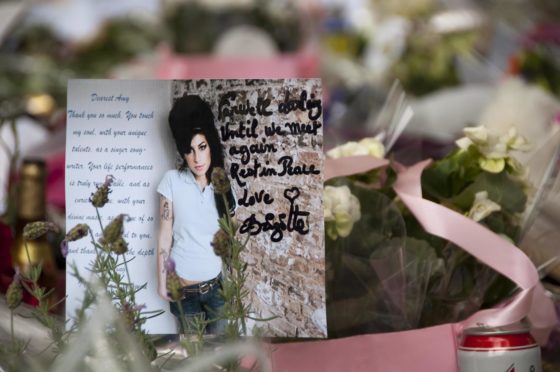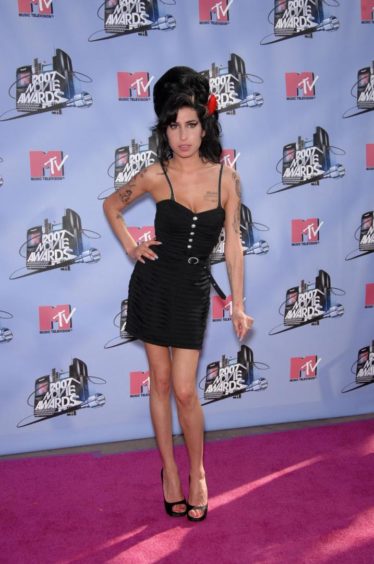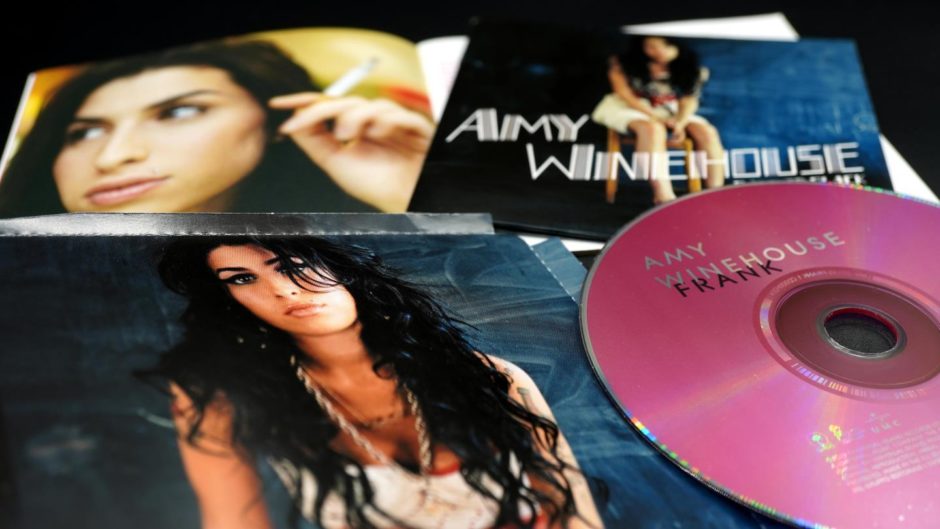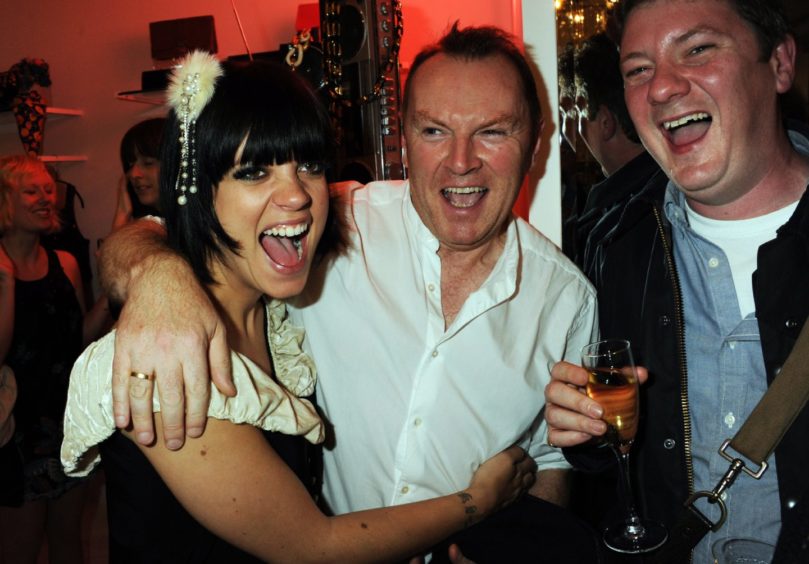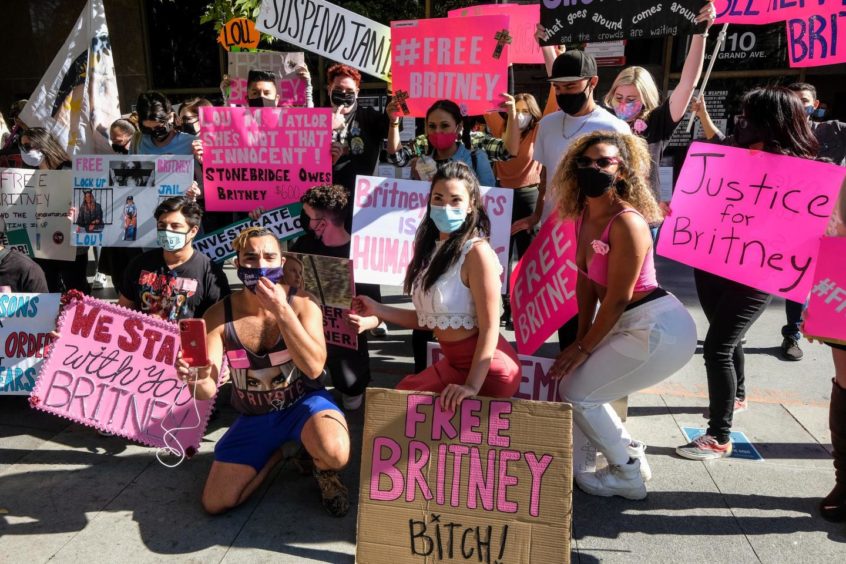I still remember getting the text telling me Amy Winehouse had died. It was sent to me by Lily Allen, herself at a peak of her own fame and notoriety.
It will be 10 years ago on July 23, yet time hasn’t lessened the acute sense of loss.
Nor has anyone come along to equal this iconoclastic artist with a voice that still makes me cry.
As the anniversary of Amy’s death approaches we must steady ourselves for a flood of tributes, re-evaluations and reminiscences about this truly remarkable woman.
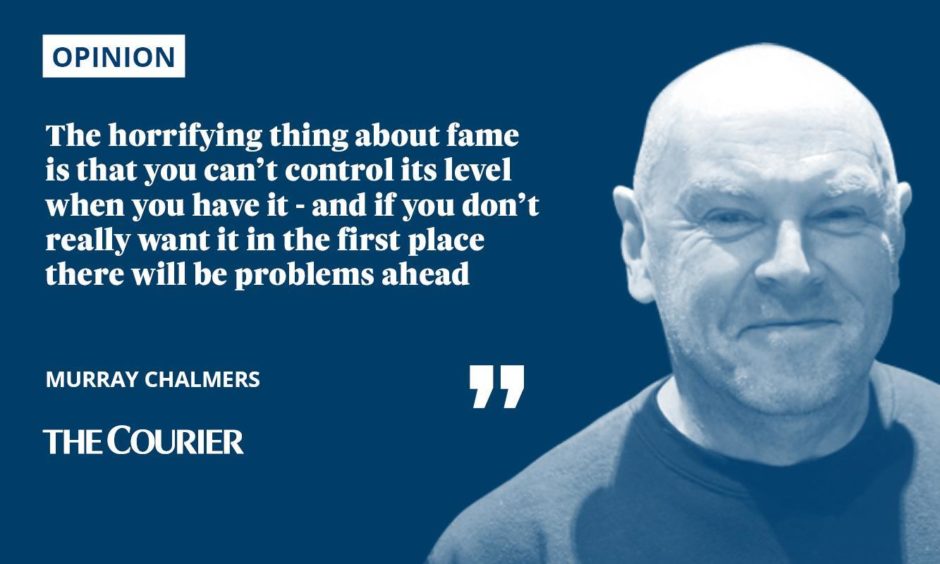
Some will rightly focus on her supernatural talent – the voice and songs that moved the world.
Others will focus on the despair and the horror of much of the latter part of Amy Winehouse’s life, when the private became shockingly public.
And there will inevitably be much talk of her being a “tortured artist”, some of it from people who gleefully added to that torture on a daily basis.
Me? I will listen to the records – two classic albums (Lioness doesn’t count) which go against the grain of so much contemporary pop music.
Frank and Back to Black have both stood the test of time and still sound defiantly like records living inside their own very clearly defined space, a place where the intensely personal became universal.
Space wasn’t something Amy Winehouse knew much of as her fame progressed.
The horrifying thing about fame is that you can’t control its level when you have it – and if you don’t really want it in the first place there will be problems ahead.
I watched the wonderful documentary Amy for a third time recently.
You can’t fail to be struck by the amount of times Winehouse talks about artistry and how it’s all that concerned her.
Amy Winehouse did it her way
Even in the midst of a tabloid frenzy she would talk about craving to get back into the studio to make music.
Awards shows, industry recognition and massive global sales would follow but, from the start, it was clear that here was a woman who would do things her way.
And if that meant redefining how a successful artist would behave then so be it.
Quite simply, Amy refused to play the game.
Her reward was universal plaudits and praise, her punishment to be hounded through the last part of her life like a wounded animal.
“Fame, fame, fatal fame, it can play hideous tricks on the brain” sang Morrissey, another whose candle ignited quickly. And it’s true.
In all my 35 years working with pop stars I have never reconciled how they deal with something so nebulous yet damaging, a thing most of them start craving and then quickly abhor.
Never has the adage “beware of what you wish for” seemed so apposite.
Amy and Lily were two of a kind
I witnessed first- hand what fame can do to a young woman in the music industry when I worked with Lily Allen for the first 10 years of her success.
I met her in 2006, a young girl in a grubby old parka, sitting in a pub surreptitiously eating the cold bag of chips she’d brought in.
She was giggling at the prospect of doing a first media photo shoot and interview for The Observer.
This outdoor shoot, where Lily used a nearby rose bush as her changing room, would propel her to seemingly instant fame after the Observer put her on their magazine cover.
Weeks before then she had remained quite a secret, even within our own record label.
Lily and Amy were a breath of fresh air in a jaded industry.
In 2006, when Lily released her debut album and Amy released Back to Black, these two young women dominated the media.
Searingly honest, brutally frank and unable to stand for much of the reactionary nonsense of the music industry and the media, they blazed a trail through the old guard.
Both of them would suffer for it.
When #MeToo hits the music industry the repercussions will be seismic
Many think the music industry is a hotbed of creative energy and liberalism, because it suits the industry to propagate that myth.
In fact it’s a sector often powered by misogyny, bullying and homophobia.
It’s a business where female and/or gay artists and employees can be marginalised and discriminated against.
Believe me, when #MeToo hits the music industry the repercussions will be seismic.
Meantime Britney Spears fights for her artistic, financial and personal freedom. It’s 2021.
Many have played the blame game with Amy Winehouse and will continue to do so.
And with the benefit of hindsight much of her story seems horrifically, stupidly pointless.
If only she’d walked away from the madness maybe her sun wouldn’t have gone down quite so soon.
RIP Amy and maybe we’ll learn the lessons from your tragedy one day.
